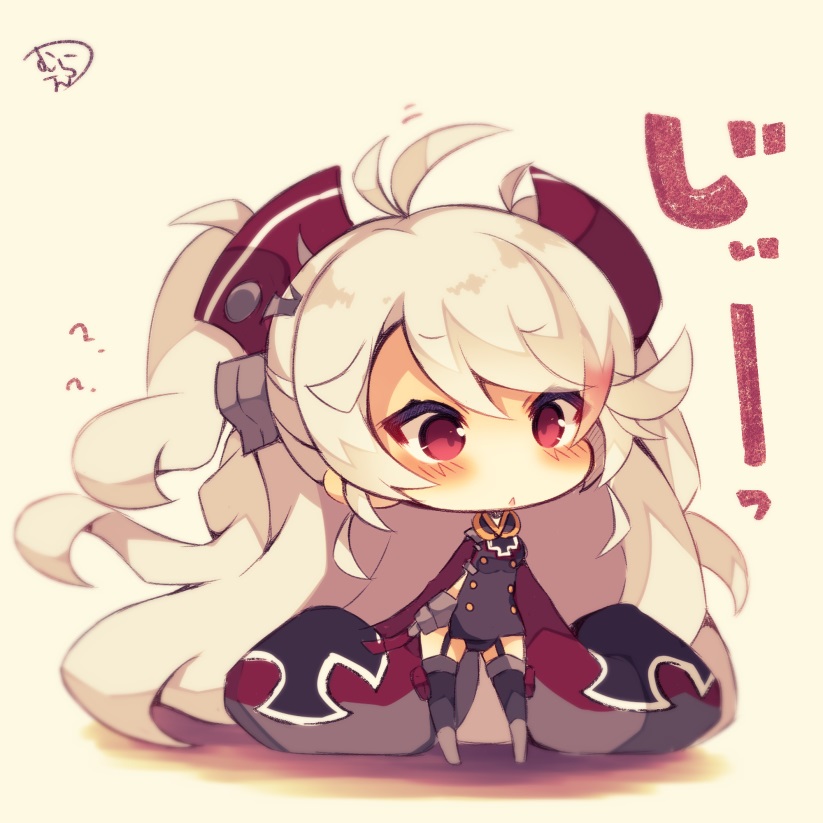History of Prinz Eugen
The heavy cruiser Prince Eugen is the third heavy cruiser of the type Admiral Hipper and the only one built according to a modified design. He participated in many naval operations of the Second World War, including the battle of the Danish Strait in May 1941. Together with the battleship Bismarck, the German ships broke through the English Channel in February 1942 and fought against the advancing Soviet forces on the Baltic coast. 1944-1945. After the war, the ship was transferred to the United States and was used to test nuclear weapons on the Bikini Atoll in 1946.

This operation was the first trip on the ship. May 18, 1941 the cruiser entered the sea, accompanied by two destroyers. The next day, Prince Eugene contacted the battleship Bismarck, and the detachment under the command of Admiral Lyutyan set off through the Danish straits. This was immediately reported by British intelligence. The first contact with air reconnaissance took place on May 21 in the Gulf of Kalvens, during the refueling of the cruiser. Here it was repainted in light gray.
The Admiralty sent a detachment led by Vice Admiral Holland as part of the battle cruiser “Hood” and the newest battleship “Prince of Wales.” The main forces of the capital fleet on the battleship “King George V”, the cruiser Rhipals and the aircraft carrier “Victory” under the command of Admiral Towey were also sent to the northern waters.
The hydrophones and the Prince Eugen radar were discovered by the British heavy cruiser Norfolk, who had been following the German group for some time. At 19:20 “Bismarck” drove him away in one gulp, but at the same time damaged his own radar, after which only Prince Eugene could continue to observe. However, silent surveillance of the Germans continued until Suffolk. On the morning of the 24th, Admiral Holland, guided by reports from Suffolk, led his squadron to attack.
The first volley was launched by British gunners at 05:53. Holland gave the order to shoot at the main ship, which, due to a hydrophone breakdown, was not Bismarck, but Prince Eugene (who came to the head of the German column to view the horizon using a radar station). This aggravated the difficulty of identifying German ships and the certain similarity of their silhouettes. The situation was understood only by the commander of the “Prince of Wales” Lich, who immediately ordered the enemy convoy to open fire on the second ship, which was Bismarck. The German ships focused their fire on Hude. Less than 5 minutes after the first hit in the “Hood”, when the flagship of Holland exploded and disappeared under water. At 05:59 “Prince Eugene” moved the fire to the “Prince of Wales”. One of the British shells damaged Bismarck’s fuel tanks. After the battle, the German ships parted, the German cruiser was lucky, and the British noticed his absence in the Bismarck suite only the next day.
A number of unfavorable conditions did not allow the “Prince Eugene” to make a trip, successful in terms of raids on trade routes. After meeting with two supply ships, from which the cruiser replenished supplies of fuel and ammunition, the command received a message that “five battleships followed at high speed along the south-western course.” This made it impossible to attack convoys on Canadian routes. The cruiser commander Captain Tzur Si Brinkmann decided to descend further south to the New York-Lisbon line. After this, a report was received on the death of Bismarck. Everything else added problems with the power plant, resulting in the speed of the ship dropped to 28 knots. The captain decided to stop the raids and head to the French port of Brest, captured by the Germans, where the ship arrived on June 1, 1941.





